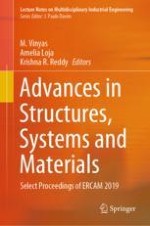2020 | OriginalPaper | Chapter
13. Effect of Solar Optical Properties of Building Envelope on Time Lag, Decrement Factor and Energy Saving of Buildings
Authors : Debasish Mahapatra, T. P. Ashok Babu
Published in: Advances in Structures, Systems and Materials
Publisher: Springer Singapore
Activate our intelligent search to find suitable subject content or patents.
Select sections of text to find matching patents with Artificial Intelligence. powered by
Select sections of text to find additional relevant content using AI-assisted search. powered by
